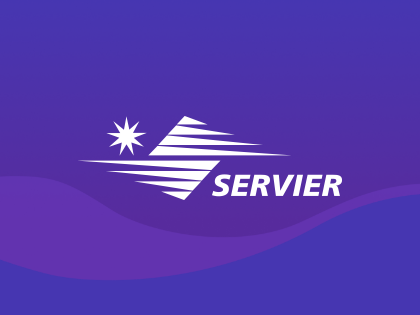Optimizing your site structure for SEO, distributing keywords properly across web pages, performing internal link mapping are the major factors to consider when shaping your site during web development. Do not overlook these ranking factors when developing a brief at the outset of the project. Otherwise, your chances to be positioned high in the search results and generating valuable traffic will drop dramatically.
Important: Development of a new website does not begin with the discovery, coding, and design and does not end with the launch of the website. Well-thought-out initial preparation and planning are important to establish the necessary foundation for the web development process in subsequent phases.
Main Stages of the SEO Web Development
| % | |
| Collection of a broad semantic core to reach the demand in search engines | 5 |
| Creating a site structure | 10 |
| Distributing the semantic core on landing pages | 15 |
| Structuring URLs and creating web navigation | 20 |
| Making recommendations for the types of filters and website filter design | 30 |
| SEO preparation for multilingual and multi-regional websites | 40 |
| Optimization of title tags, meta descriptions, H1 heading, and alt image tags for SEO |
45 |
| Technical assignment for content writers | 50 |
| Internal link mapping | 55 |
| Page layout, integration of website operations with social networking | 65 |
| Providing tips on how to optimize the site for multiple browsers and devices | 75 |
| Transferring a website to a new domain and setting up redirects | 85 |
| Give basic recommendations on how to improve your site usability and conversions | 95 |
| SEO project implementation and guidance by an SEO expert | 100 |
-
1Creating a site structure
There are many different types of website structure, but the most common is the hierarchical one that looks like a pyramid with the parent page on top (home page) and child pages (sections and subsections, individual pages, and posts) flowing from the home page. Creating multiple pages with navigation menus while keeping a hierarchical arrangement of pages is a key to designing an ideal structure of a website. -
2Development of a semantic core
We create the semantic core based on a project brief and a list of services or products. Semantic keywords for a website serve as the foundation to create the site's content. When people search the internet for products or services, they use a variety of search phrases.
The semantic core is made up of these search phrases, or keywords, that consumers will use to locate you.
To get the best return, we not only employ SEO strategies for semantic core compilation but also keep the business ideas in mind, which include researching the industry you are in and your target demographic. -
3Competitor analysis
We collect and analyze keywords on competitors’ websites to win them over: the same type of keywords will become a beneficial addition to our client's semantic core. Using multiple keyword variations is another good tactic. -
4Distribution of keywords on the web pages
After laying the foundation for the future site's structure, we assign the keywords—gathered during the semantic core's development—to specific pages. Moderation is a key: Avoid keyword stuffing to prevent the site’s over-optimization. -
5Website design and technical writing
We produce a concise and clear technical assignment that embraces all of the criteria for optimizing the site from a search engine's perspective. We go over the structure of the site again, checking it out with the navigation prototype. We look for the presence of doubles, which are duplicate pages that may contain similar or duplicate content.
We determine how to improve the authority and search relevance of your pages, as well as the proper arrangement of block-level elements on the site's landing pages. All optimized pages are grouped properly into several sections and placed as high as possible in the site structure.
We develop breadcrumb navigation, create an URL structure, and optimize the nesting level of pages on the website.
We write technical specs for software developers to create software. -
6SEO web design
A must-have requirement for web design is that all conversion-centered elements and important content should stand out the most to grab the user’s attention.
Our SEO specialist oversees and evaluates the quality of web design before transferring the design layouts to the development department.
Ready to Collaborate With Us? Talk to an SEOTM Expert for a Free Quote Now!
Website Design Software and Layout Building
At this stage, the site strategy and vision should be approved and signed, and the web designers should know exactly how they will build the site for SEO so that there are no surprises. This is when web designers create a web page's layout and content and build web pages for web crawler bots to quickly and easily crawl and index web content for search results.
Website Testing and Launching
Don't forget to test your site before pushing it live. During website testing, an SEO expert runs the final comprehensive audit of the website to make sure everything is working correctly. The website is launched after all the steps to prepare and publish your website have been completed.
Why Do You Need SEO During Website Development?
| To prevent errors that will negatively affect further optimization. |
| To consider recommendations of search engines and make the website SEO-friendly. |
| To preserve achievements of the old version of the website and minimize traffic losses when transferring the website to a new domain. |
SEO web development makes further website optimization easier and faster. In addition, the cost of fixing an error that may have been made earlier in the process rises after the website is launched.
When choosing a web development contractor, we recommend picking a company that can perform effective SEO while building your website. SEOTM is the one.
Featured Case Studies
Are You Ready to Implement Your Next Project?
Tell Us About Your ProjectOther Services
Digital Marketing
Leaders
as an SEO Company
Search Results



